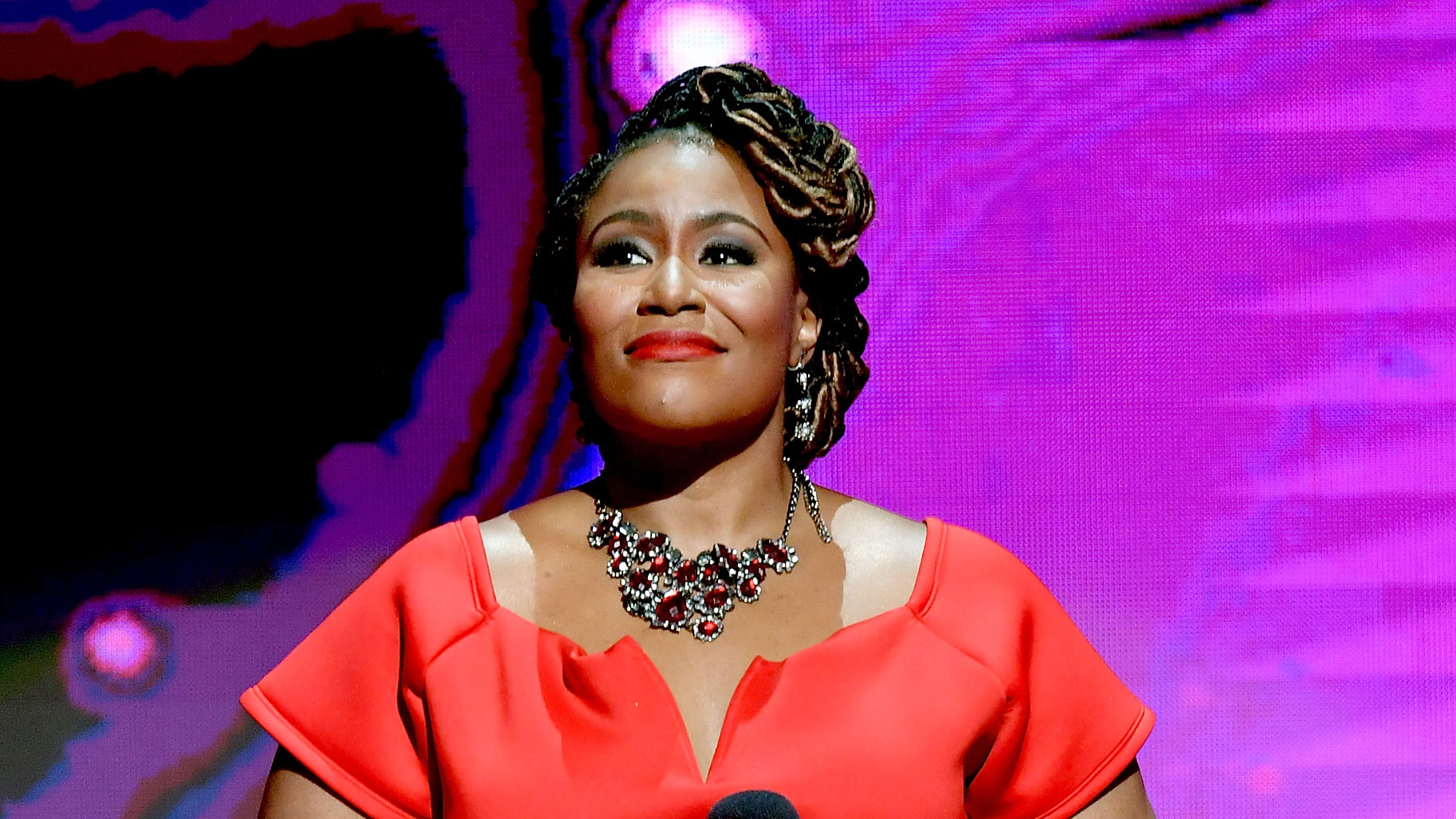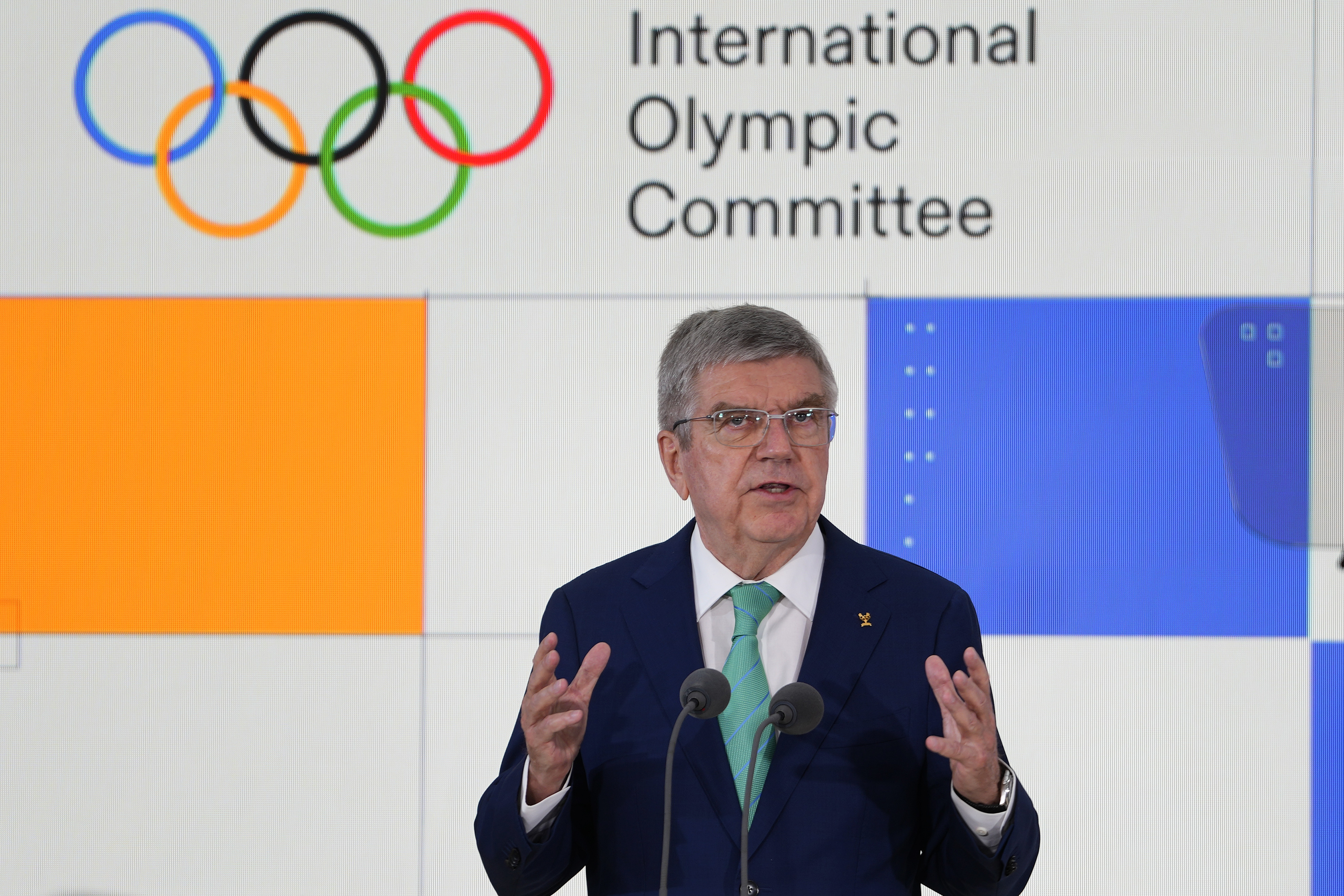RIO DE JANEIRO (AP) — BMX racing is growing up at the Summer Olympics.
It's that extreme sport where cyclists pedal on bikes over a roughly quarter mile-long course filled with bumps, hills and sharp twists.
Lots of action in a race that lasts about 40 seconds. A sport aimed at younger audiences.
It is also now filled with a generation of elite riders who have been at it since BMX became an Olympic medal event in Beijing in 2008.
"Most people in London (at the 2012 Games) were young like me, or 19, 20, so we grew up and stayed at a good level in BMX," said 25-year-old reigning world champion Joris Daudet of France.
Now many of those same racers are back at the colorful track in Rio de Janeiro , creating a deep field of experienced riders.
On the men's side, the United States features a team that includes 2012 Olympians Connor Fields and Nic Long, and 2012 alternate Corben Sharrah. Australia's Sam Willoughby is back after taking silver four years ago.
U.S. & World
Latvia's Maris Strombergs is back to win a third straight gold. At 29, he's a BMX wise sage.
"Everybody is focused on this event. Everybody has the experience, too," Daudet said.
In the women's draw, Colombia's Mariana Pajon is back to defend her Olympic title. Australia's Caroline Buchanan and the United States' Alise Post are other medal favorites who raced in London, and U.S. rider Brooke Crain is also a returnee.
They're all getting pushed by younger riders who watched them compete four years ago.
"It's definitely made it a lot more interesting in racing," Post said.
BMX, an abbreviation for "bicycle motocross," traces its roots to the late 1960s and early 1970s in Southern California. Besides racing, there is also freestyle BMX in which cyclists ride ramps and perform tricks on their bikes.
But racing is the discipline that has taken hold at the Olympics. Over the years, it's grown from niche activity to X-Games event to an Olympic medal sport.
"Yeah, people don't ask if we do back flips anymore," Buchanan said. "We're not the BMX bandits of the Beijing Games, the first-timers."
BMX's inclusion into the Olympics eight years ago prompted other countries to create programs to develop riders. In the cases of smaller nations like Latvia and Colombia, more attention might be paid to a rider once he or she achieves a level of success.
The field this year is deeper than ever, Fields said. Another top medal contender is the Netherlands' Niek Kimmann, 20, who won time trials at the worlds in May.
"Now all over the world," Fields said, "you have guys who are 18 to 21 years old who are graduates of their respective country's development program, which is something that in 2008 or 2012, you wouldn't have gotten that same sort of pathway."
The United States is consistently a top contender, though cycling in general has not been a top funding priority for the U.S. Olympic Committee, regardless of discipline.
That means more international riders have caught up to the U.S cyclists. International World Cup races, in turn, have become more competitive in recent years.
That BMX has stuck around for three Olympics is a positive sign for action sports in general. The 2020 Games will add three more action sports to the lineup to attract younger audiences: climbing, skateboarding and surfing.
Consider BMX a trailblazer for the growth.
"One of the few action sports in the Summer Olympic Games, and a good sign that action sports is strong for 2020 now in Tokyo," Buchanan said. "So from an action-sports side of things, I think it's super positive for the Summer Games."



